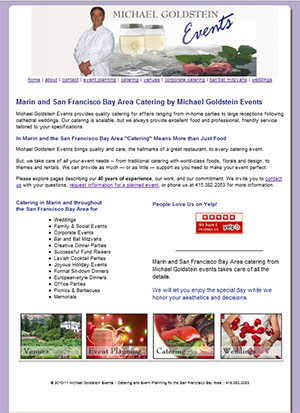Search Engine Optimization: It’s All About Everything
Last week I was asked to talk to the Fog City BNI group and tell them how they can get their businesses to show up higher in search engine results.
Here’s almost 10 minutes of basic things you can do — or make sure that your web person does. None of these tips are expensive, and they work!

